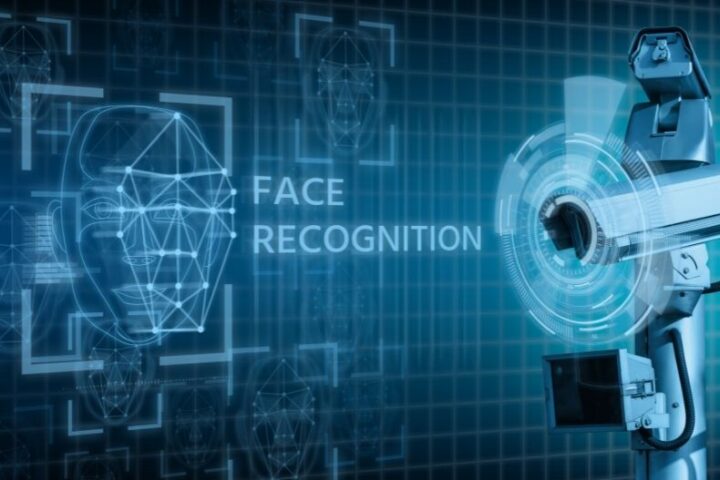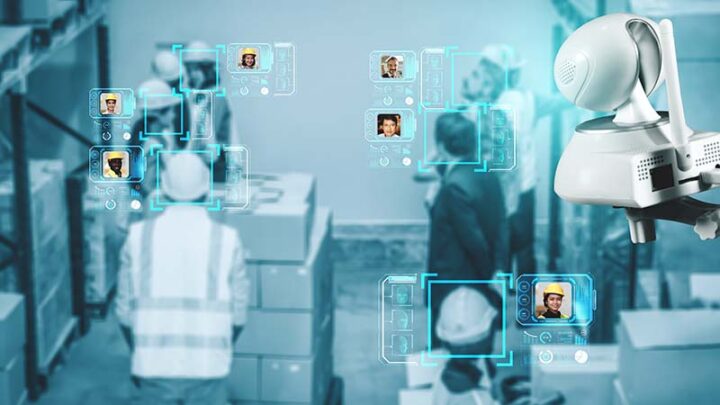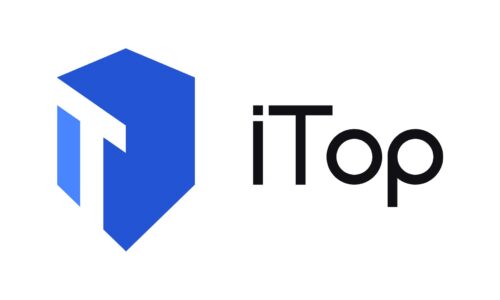They say that, in life, you can make up for everything – except for the lost time. However, with the help of new technology such as face recognition time clock – things like time theft are not unrecoverable. Therefore, employers who deal with such problems may find this text interesting.
Time Theft
Most employees admit that at least once, they have avoided some obligations at work – or wasted time in some other way, not working. Employees mostly do time theft in two ways. First, they can fake their time records to make it look like they worked longer hours than they did. Second, they can use their working hours for different informal activities.
Every employee needs a break during the working day, and it is pretty normal to spend some time socializing with colleagues. However, these other types of time theft occur when employees spend too much time “idling.” So, can we prevent it?
How To Prevent Time Theft By Employees?

Fortunately, there are steps we can take to strengthen corporate security systems. First, try to choose employees carefully. Strict hiring standards can help prevent poor selection. Of course, when it comes to working hours and performance at work- you should include security checks as a preferred company practice.
Finally, be consistent in sanctioning – because, in practice, this has proven to be the most effective method for eliminating undesirable behavior.
Use Modern Time Clock Technology
The loss caused by employee time theft can be detrimental to any company. It can be even more painful for small businesses. However, stealing time is not inevitable, especially today, when new, modern technologies are at our disposal. Today, we can take steps to prevent time theft or reduce its frequency. There are many ways: From using classic time clock solutions to modern face recognition time clock software. With their help, the working hours time management is easier and more precise – and will prevent future theft.
Application of Technology to Recognize the Face of Employees

Although it used to be different, today, face recognition technology is not only used by state institutions to maintain public order. Namely, today there is a whole range of potential applications for commercial and private purposes. Employers have recognized the potential of such software – so many of them are already widely used, especially in large companies.
In the past years, you had to have special, expensive devices with such software. However, today the situation is much simpler.
Namely, today you can use time clock applications that already have face recognition time clock features implemented. That will further facilitate and automate the job of employee control – and of course, save you time.
Consider Integration With Other Systems When Choosing a Time Clock Solution
Today, we have countless solutions available for time management. However, if you want to include a face recognition time clock – make sure that such applications can be integrated into your existing systems.
Today, the integration of working time records with other IT systems is not the exception but the rule. What does that mean in practice? It means that such data is automatically transferred to systems you already use. Such implementation of time clock software brings greater savings.
Overview of the problem of employee time theft

Employee time theft is a problem that many organizations face. It is often difficult to detect because it occurs in a wide range of industries and occupations. If you are aware of the problem, you can prevent it from happening and make your workplace more secure. Here are some tips to help you do just that:
- Be proactive: Make sure you are aware of the problem and take action to stop it.
- Change the culture: Create a workplace environment where everyone feels valued and respected.
- Implement monitoring software: Use software that automatically monitors employee time-card activity and eliminates theft.
The thief ─ The individual who is stealing your time
If you’re an employee, it’s important to be aware of time theft. Time theft is the act of stealing hours from your employer without recompense. It can lead to lower pay and a less secure job. Fortunately, there are a few ways to prevent time theft from happening in the first place and detect when it’s happening.
One way to prevent time theft is to make sure you’re paid for all hours worked.
One way to identify employee time theft is to track how often employees are working. This can help you to determine which employees are taking more than their allotted amount of time and who is spending excessive amounts of time on tasks that do not require significant effort.
The prevention steps ─ How to prevent time theft

Employee time theft is a common problem that can impact both the company and the employee. It can occur when employees take too much time away from work to complete their tasks, or when they take unnecessary breaks.
One way to prevent employee time theft is to create a clear and concise work schedule, as well as enforce strong policies on taking personal time. If you are able to detect employee time theft early on, you can address the issue before it becomes a bigger problem.
Punishment ─ Penalty for employee time theft
Employees are notorious for stealing time from their employers. This is a costly and frustrating issue that can be difficult to track and prevent. There are a few prevention tips to keep in mind when it comes to time theft. One is to be aware of your own patterns, and another is to be sure that your hours are set accurately and that you are compensated for all hours worked.
Conclusion
It is important to be aware of the risks associated with employee time theft and to take steps to prevent it. These measures can include using electronic tools to keep track of employee hours and tracking employees’ activity on social media platforms, as well as conducting random audits of the company’s systems.




